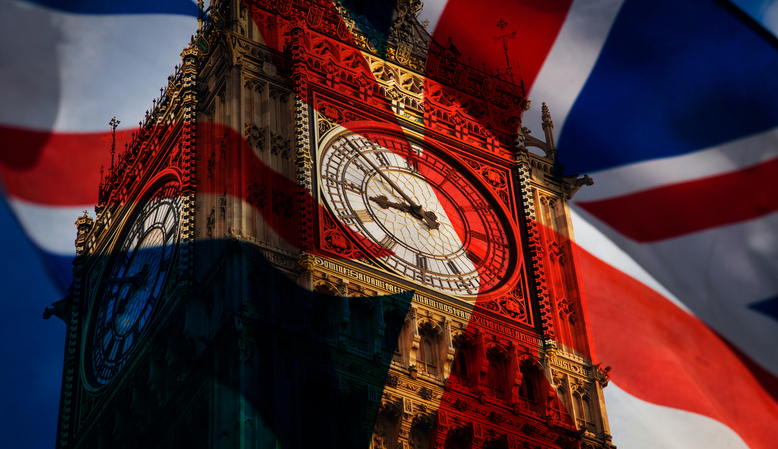Taper relief was effective because it incentivised the directors and shareholders of risky entrepreneurial businesses with a capital gains tax (CGT) rate that was effectively 10 per cent when assets were held for more than two years.
So why was it scrapped? It’s hard to recall now, but the boom years of 2006 and the first part of 2007 saw an unprecedented public outcry against the private equity industry. With an opprobrium now reserved solely for bankers, buy-out firms were characterised as stripping and flipping companies for maximum profits, cutting jobs and carving up businesses, while often paying less tax than the cleaners in their gleaming Mayfair offices.
It was a simplified and rather outdated picture that perhaps owed more to Michael Douglas’s performance in Wall Street than the reality of the 2006/7 boom, which was more to do with cheap credit than asset stripping. Nevertheless, the row was fuelled by the refusal of private equity chiefs to talk publicly about what they did, until it got to the stage where the government had to do something.
Why that something took the form of a new flat rate of CGT at 18 per cent, it is hard to understand. The pain was felt not by private equity behemoths, but by fragile early-stage companies and their investors. And the limited concession of “entrepreneur’s relief”, though it has probably helped retiring pub owners, has done little to fuel serial entrepreneurship because of the lifetime threshold of £1 million.
Fatally, the Treasury failed to distinguish between those backing the stock market or buy-to-let property, and those whose money, time and skills are going into innovative, early-stage companies. In other words, those who are truly ‘flipping’ assets have benefitted from a CGT ceiling of 18 per cent, while shareholders in entrepreneurial ventures have seen tax almost double on any gains they might make.
Whether the Treasury succeeded in what was evidently its main goal, assuaging public anger at private equity firms, is hard to gauge. Bankers soon replaced buy-out chiefs as public enemy number one. But Alistair Darling certainly made no friends among Britain’s entrepreneurs. There was an added irony, as it was his boss Gordon Brown who introduced taper relief in the first place.
It is widely expected that the Chancellor will use his Pre-Budget Report next week to announce a rise in CGT, which it is argued is still relatively low compared to equivalent taxes in other EU countries. Since he is raising the top rate of income tax to 50p in the pound, he would otherwise be opening up an abyss between tax on income and investment gains.
The pressures on the public purse are obvious, but let us not forget that those risking their shirts in high-risk, high-growth businesses have already seen their effective CGT rate rise from 10 to 18 per cent in two years. If they do manage to sell those businesses successfully, many will look for other investment opportunities in similar early-stage ventures. A tax system that treats them like property or stock market investors will encourage them to become just that.






